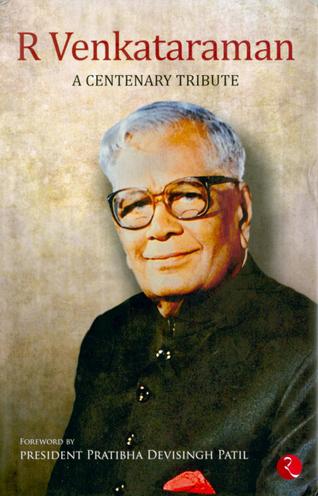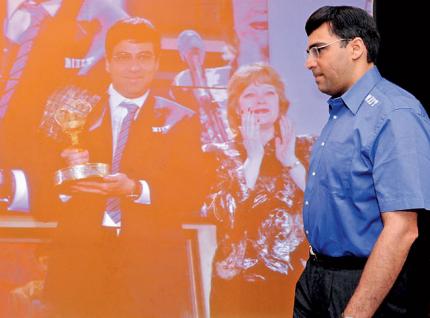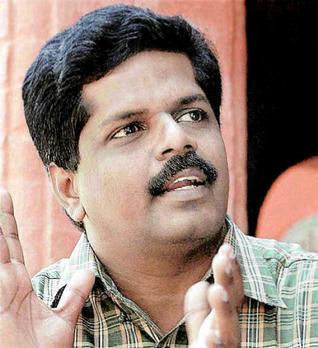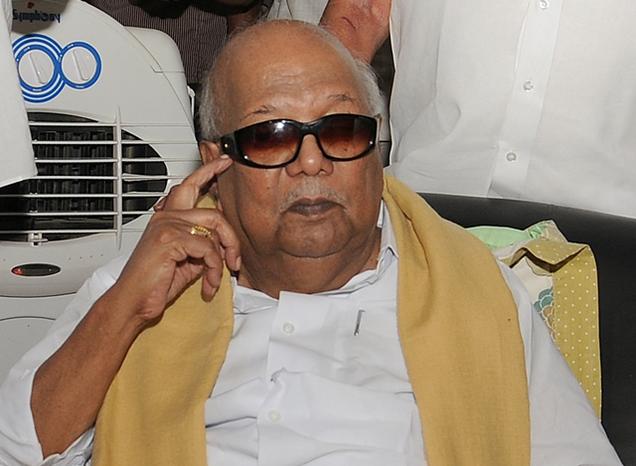Anecdotal recollections of those who worked alongside R. Venkataraman in public life and government
R. Venkataraman, the nation’s eighth president (1987-1992), loved to present himself a “copybook president.” But, he faced such situations that none of his predecessors did. During the second half of his presidency, the country underwent a phase of political instability and RV, as he was popularly known, had to swear in three Prime Ministers in barely 18 months.
After Chandra Shekher quit as Prime Minister in March 1991 a few days after his Finance Minister Yashwant Sinha had presented the interim budget, RV, as president, took the initiative of having budgetary and financial provisions passed by Parliament, avoiding an unpleasant situation of having to promulgate an ordinance to cover expenditure. Unusually, the President wrote to Lok Sabha Speaker Rabi Ray and the Prime Minister, advising them how this could be done. That was not the only occasion that he departed from the conventional approach that Presidents would have adopted under similar circumstances. His gesture of getting down the dais to give away the Dadasaheb Phalke award to the ailing Raj Kapoor at the 35th National Film Festival in May 1988 was another unconventional act. His assumption of office as President was only the culmination of his long innings in public life, spanning over 45 years. RV, who was a senior Minister in the Kamaraj Cabinet during 1950s and 1960s, is still the best-remembered Industries Minister of Tamil Nadu.
This book R. Venkataraman: A Centenary Tribute is essentially a compilation of anecdotal recollections of a host of persons including those who worked alongside him in public life and government. It carries 38 essays of those who have recalled his services to the nation in one field or the other. Besides, messages from 10 others explain the greatness of RV. His contributions — as Industries Minister who played a vital role in the industrialisation of Tamil Nadu; as Union Finance Minister who helped avert an economic crisis in the early 1980s by tackling deftly the problem of deteriorating balance of payments; as Defence Minister in 1982-1984 who guided the programme of producing modern indigenous fighter aircraft and as President who had created the right precedents in times of political instability — have all been vividly captured.
There are other aspects — “lighter” — of the personality of RV which have been brought out well in this publication. Geoffrey Howe, the longest serving Minister in Margaret Thatcher’s Cabinet (1979-1990) and who was Chancellor of the Exchequer (1979-1983), has described RV’s mastery of English as one special feature of Venkataraman’s performance in meetings of committees of the International Monetary Fund and Commonwealth. According to Lord Howe, RV’s mastery of the language enabled him time and again to formulate “the only possible form of words which could deliver an agreeable conclusion.”
What is more lively is an account of Kapila Vatsyayan, veteran art historian, of the gracious and spontaneous acceptance by RV of her, what she called, “absolutely crazy idea” of utilising an air force plane for transporting precious bronze statues from Tamil Nadu for an exhibition during the Non-Aligned Movement Summit in New Delhi in March 1983. Two other articles — one by K.V. Ramanathan and another by T.S. Sankaran — stand out. The authors, both former civil servants, have not discussed much about their association with RV but about the subjects, which were dear to the former President. Ramanathan has passionately written about S. Satyamurti, who was Kamaraj’s political mentor, and Sankaran on the relevance of the trade union movement.
Dates and events
Notwithstanding several impressive features, the book suffers from factual inaccuracies. In an otherwise scholarly piece, Fali S. Nariman, distinguished jurist, writing about the sensational Presidential election in 1969, has stated that V.V. Giri got elected after the split in the Congress party. In fact, it was the other way round. At the time of the election, there was only one Congress. To refer to the Congress (I) in the context of the 1969 election was not appropriate. The Congress (I) was born nine years later — January 1978 — and Indira Gandhi was its chief. That was why the prefix — I.
P. Murari, another former civil servant and who was Secretary to the President during 1989-1992, has recounted his suggestion to RV on the dissolution of Tamil Nadu Assembly in January 1991 and written that in the context of the Supreme Court judgment in the Bommai case, it might be imprudent to accept the Union Cabinet’s decision to dissolve the Assembly. But, the Supreme Court delivered its judgment only in March 1994, three years after the dissolution of the Tamil Nadu Assembly.
Writing about the outcome of the Assembly elections to Maharashtra in 1978, Inder Malhotra, seasoned journalist, has commented that the Congress (I) and the Congress (O) were intensely hostile to each other. By 1978, the Congress (O) was no longer in existence. It along with parties including Bharatiya Lok Dal and Jan Sangh formed the Janata Party in 1977. The other faction comprised senior Congress leaders including K. Brahmananda Reddy, Swaran Singh and Y. B. Chavan. In all likelihood, Malhotra had this faction in mind. In her message, Shiela Dikshit, who has been Delhi Chief Minister since 1998, mentions that “Probably, he [RV] was the only politician from the southern state of Madras/Tamil Nadu who never lost any election.” This is off the mark as RV lost [by a margin of about 22,600 votes to a Dravida Munnetra Kazhagam candidate] in the 1967 elections in Thanjavur parliamentary constituency, a fact recorded by another contributor, Gopalkrishna Gandhi.
What one can make out from these instances of factual inaccuracies is that the contributors, in general, have made their recollections, mostly out of their memory. The editorial team of the book must have ensured that in a publication marking the centenary of one of the celebrated Presidents of India, all the important details are carried right. After all, RV was known for meticulousness when it came to recollection of history.
source: http://www.TheHindu.com / Home> Arts> Books / by T. RamaKrishnan / July 16th, 2012





